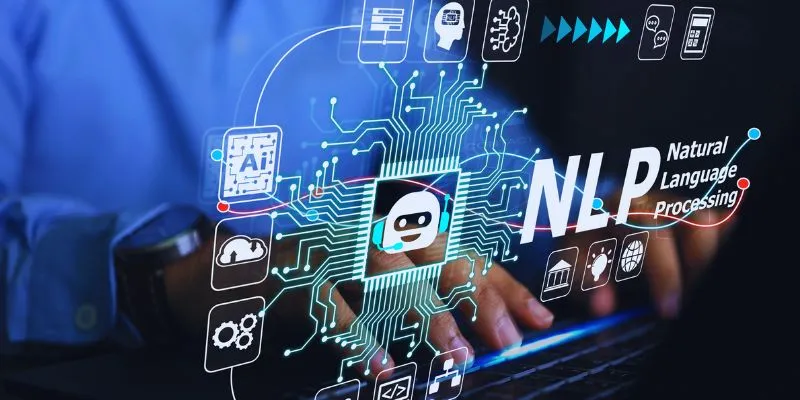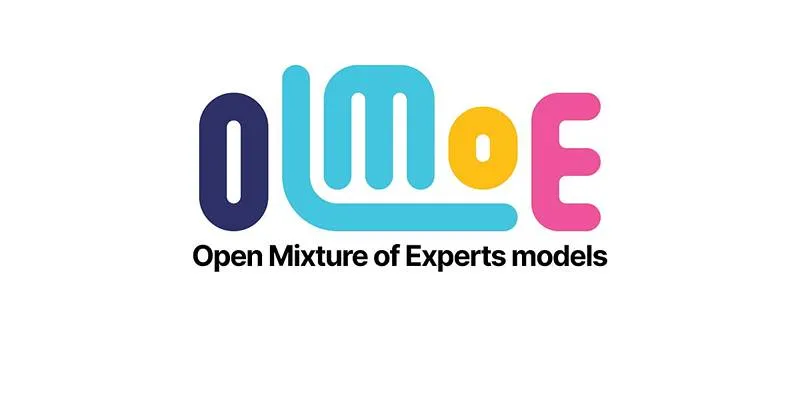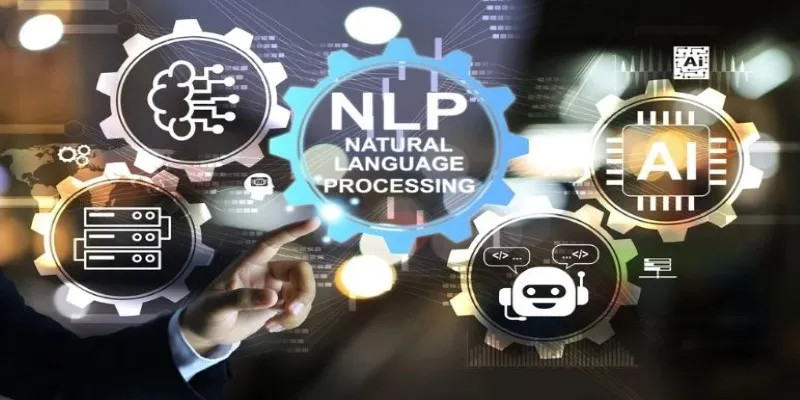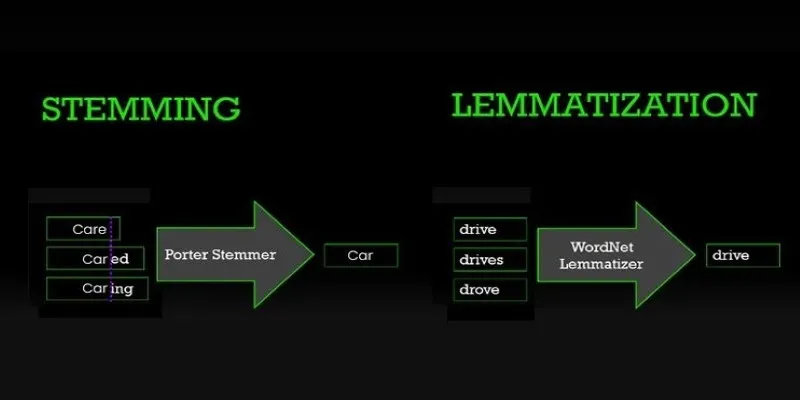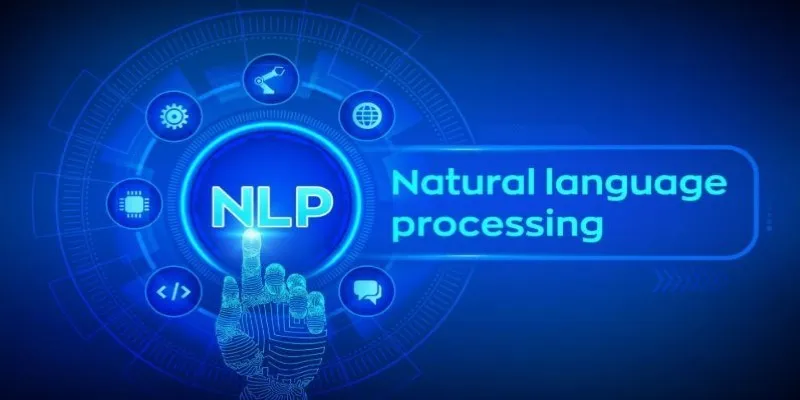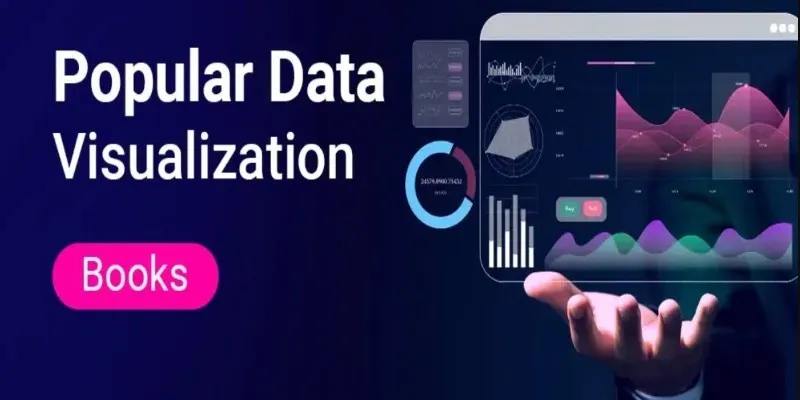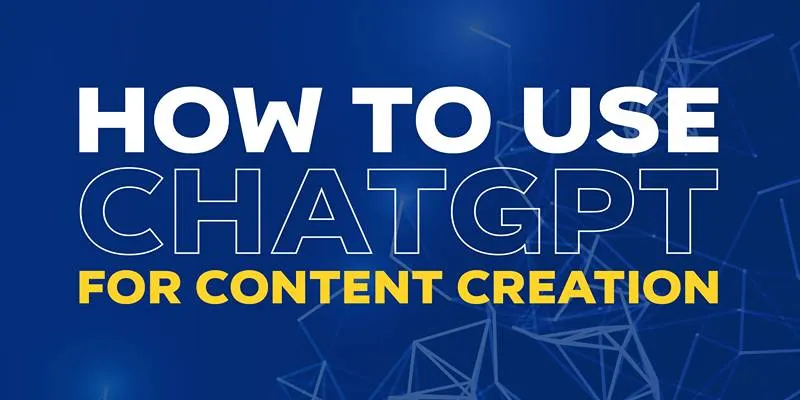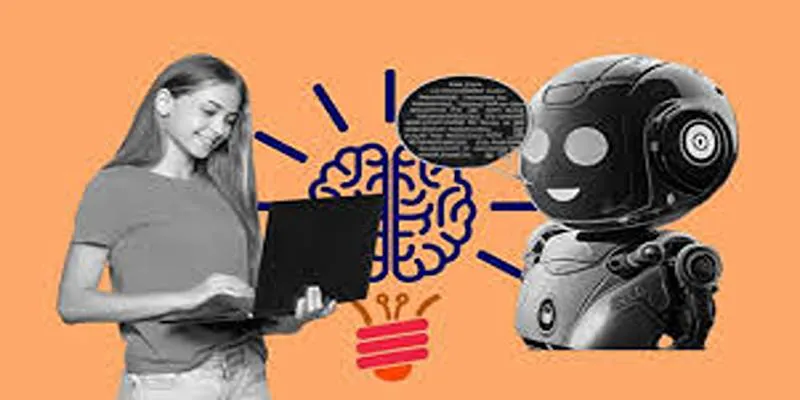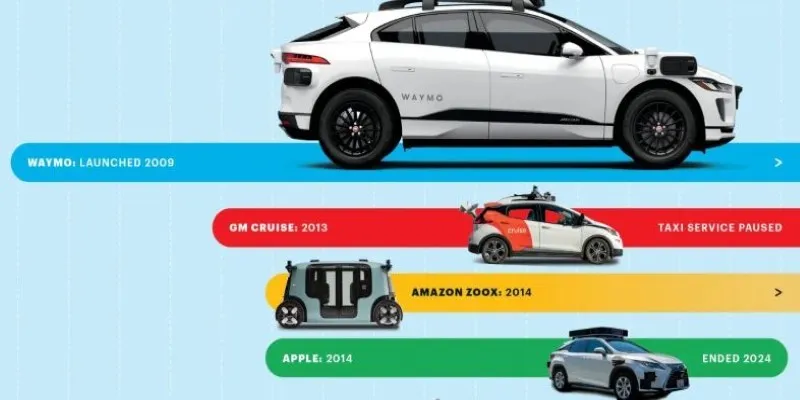Natural Language Processing (NLP) is revolutionizing how we interact with technology, particularly through conversational AI. This powerful technology enables machines to understand and respond to human language, facilitating seamless communication. From chatbots to virtual assistants, NLP powers intelligent experiences that feel natural. It is transforming industries, enhancing customer service, and improving problem-solving in our daily lives.
What is NLP and How Does It Work in Conversational AI?
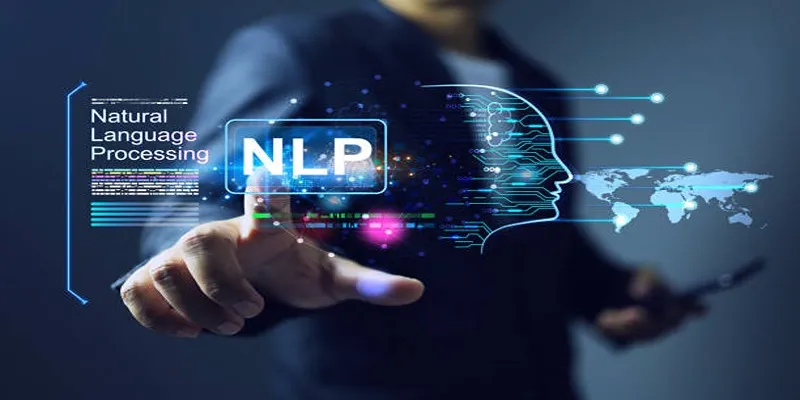
Natural Language Processing (NLP) is a branch of artificial intelligence focused on empowering computers to understand, interpret, and generate human language. This task is complex, as human language is filled with nuances, idioms, and varying contexts that challenge even human understanding.
For conversational AI, NLP is the core technology enabling chatbots, virtual assistants, and other systems to communicate like humans. Here’s a closer look at NLP’s key functions:
Language Understanding
NLP helps machines deconstruct language into structural components, identify key elements, and interpret the input’s meaning. For instance, it can analyze the sentence, “Can you book a flight for me tomorrow afternoon?” breaking it into intents (“book a flight”) and entities (“tomorrow afternoon”).
Language Generation
NLP not only understands language but also generates human-like responses. Whether it’s suggesting the next word as you type a message or creating full- fledged conversations, NLP enables conversational AI to respond in a natural manner.
Sentiment Analysis
NLP detects emotional undertones within text. It can determine whether a customer’s message is positive, neutral, or filled with frustration, allowing for more empathetic and intelligent responses.
Through techniques like tokenization, semantic analysis, machine translation, and deep learning, NLP equips conversational AI systems with the ability to understand humans and communicate effectively in multiple languages, across various tones and contexts.
Why Is NLP Critical for Conversational AI?
NLP bridges the gap between human language, which is often unstructured and ambiguous, and computers, which typically process structured, explicit instructions. Without NLP, conversational AI systems would struggle to interpret slang, maintain context in conversations, or offer meaningful interactions.
For example:
- A simple voice assistant might interpret “I feel cold” as a weather-related term, but with NLP, it could recognize that you may want your smart thermostat to adjust the heating.
- Chatbots that incorporate NLP can accurately handle follow-up inquiries like, “What’s the price?” after you’ve asked for “flights from New York to Paris.”
Ultimately, NLP ensures that machines do more than just respond; they actively engage, providing solutions that feel tailored and intelligent.
Latest Trends in Conversational AI Driven by NLP
1. Advanced Context Awareness and Multi-Turn Dialogues
Previously, a chatbot’s ability to hold a meaningful conversation was limited to single-turn queries like, “What are your store hours?” Today’s systems, powered by sophisticated NLP, can maintain context over multiple interactions.
For instance:
- Google’s Meena sets a benchmark in generating multi-turn conversations that feel human.
- AI assistants like ChatGPT and Claude 2 can remember the context of entire prompts and craft responses accordingly.
By using NLP models like transformers and contextual embeddings such as BERT (Bidirectional Encoder Representations from Transformers), these systems can accurately infer meaning across long exchanges for seamless experiences.
2. Multilingual Conversation Abilities
With globalization in full swing, enterprises need conversational AI that speaks more than one language. NLP technologies are pushing the boundaries of language translation, enabling chatbots to serve users in multiple languages seamlessly.
For example:
- Microsoft Azure Translator incorporates NLP for real-time translations in over 100 languages.
- OpenAI’s GPT can be trained to generate accurate cross-lingual content.
This trend makes conversational AI more inclusive and valuable for businesses operating globally.
3. Emotional Intelligence Through Sentiment Analysis
Emotion is crucial in human interactions. Conversational AI systems now leverage NLP to gauge a user’s emotions through text or voice tone.
For example:
- Companies integrate sentiment analysis tools like IBM Watson Tone Analyzer to detect frustration in chat support conversations.
- Advanced NLP-powered chatbots can respond to a customer’s complaint soothingly or escalate serious issues without further aggravating the user.
This development enhances user satisfaction and fosters brand loyalty.
4. Customization Using AI Personas
NLP enables AI personas that are more relatable and fine-tuned to specific audiences. For instance:
- Virtual financial advisors can convey a tone of expertise and authority.
- Health-focused conversational bots can adopt a reassuring and empathetic style.
By training NLP models to mimic different tonalities, users feel they’re talking to an entity that understands not just their queries but their emotional state and preferences as well.
5. Conversational Design Meets Voice AI
Voice interfaces are gaining popularity, and NLP is the foundational technology making them work. Smart home devices, automotive virtual assistants, and accessibility tools have greatly benefited from advancements in voice-based conversational AI.
Voice-first platforms like Amazon Alexa and Google Assistant have NLP engines that allow users to interact naturally without needing to repeat rigid command phrases.
6. Combining NLP With Other Emerging AI Capabilities
Finally, conversational AI is evolving beyond just answering questions to performing complex actions by integrating NLP with other technologies. The fusion with machine learning (ML) and predictive analytics empowers systems to anticipate needs and deliver outcomes proactively.
For example:
- Google Duplex builds on NLP to make phone calls, like booking a reservation, on behalf of users.
- Healthcare bots utilize NLP alongside diagnostic reports to schedule appointments or recommend treatment.
How Businesses Are Leveraging NLP-Driven Conversational AI

NLP-powered conversational AI is being adopted across industries to enhance operational efficiency, provide 24/7 customer support, and personalize client interactions. Here are some use cases:
- E-Commerce: NLP enhances chatbots on shopping websites by providing tailored product recommendations, answering consumer queries, and handling returns.
- Banking: With NLP, financial institutions enable customers to check balances, transfer money, and even report lost cards through conversational agents.
- Healthcare: NLP assists patients in finding doctors, scheduling appointments, and receiving reminders.
- Education: Virtual tutors use NLP to provide personalized learning experiences for students, answering questions and adapting to their pace.
Conclusion
Natural Language Processing (NLP) has revolutionized how industries interact with customers, streamlining processes and enhancing user experiences. From retail to education, NLP empowers businesses to deliver tailored and efficient solutions. As this technology continues to evolve, its potential to further transform various sectors and improve accessibility is limitless. By harnessing the power of NLP, organizations can stay competitive while meeting the growing demands of a digital-first world.
 zfn9
zfn9

